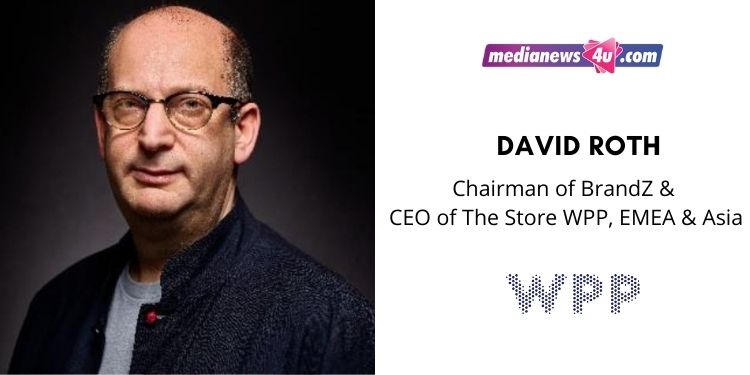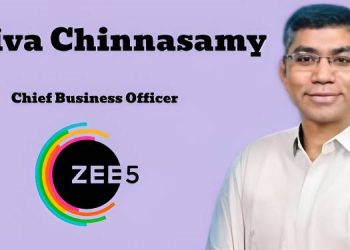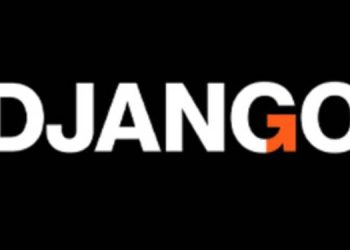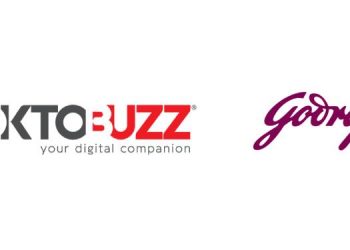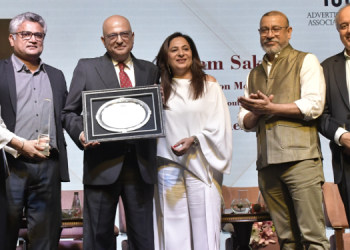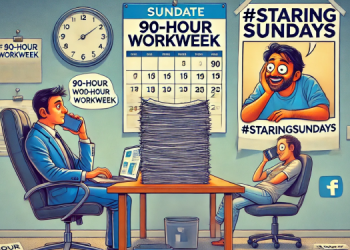WPP & Kantar launched the seventh edition of the BrandZ, Top 75 Most Valuable Indian Brands 2020 report, it focused on the theme of “Repurposing Brands for the Future” with a strong insight to consumer trends noticed during the pandemic, leaving brands to rise to challenges presented by such unprecedented times.
David Roth, CEO of The Store WPP, EMEA and Asia and Chairman of BrandZ, spoke on how globally brands are being tested by the pandemic, brand communication globally and overall brand value during this pandemic.
ADEX growth in the next quarter from a global perspective?
Let us look at it in the context of actually how we view the global top 100 most valuable global brands, as we released that information and that report only a few couple of months ago and that was in the height of the impact of COVID around the world. We were sort of on track in January to be about 12% up year on year, when we launched the data, we actually saw 5.8% increase in the brand value year on year. A 275 billion increase in overall brand value. Despite a very, challenging time for countries around the world, brands around the world, and consumers around the world. We have seen that the brands, good quality brands, have not only maintained their value, but across most sectors we have seen some interesting growth.
We have seen an increase in the top 100 most valuable global brands values over the past year and are looking to the future. I think the overriding point was, it is very much going to depend on the science of pandemics as opposed to the science of brand building and to the extent to which the second wave; is it going to be shorter than the first or extend to herd immunity or hopefully, a vaccine of some form will be successful. That is very much in the hands of scientists, other people would say of God. But I think those brands that have a place currently and helping consumers navigating difficult waters are one to be able to have a communication channels open with their consumers in one way or another.
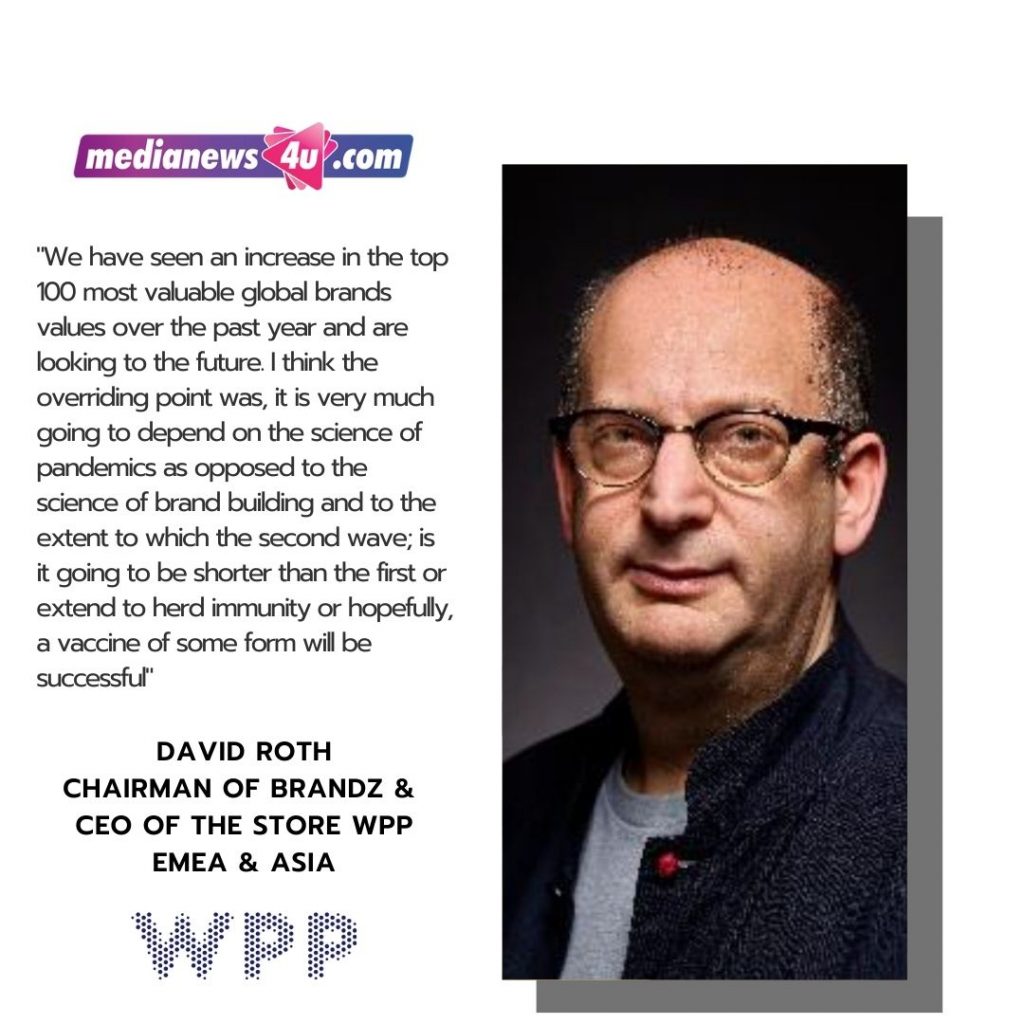
With this sudden crisis and going forward what will be the contingency plans for the future?
Both the questions are interrelated and the fact that it makes sense. We have and brands which have gone through the same dilemmas that we as individuals and collectively as consumers have. At first we were not certain about how big this issue was. Then before the lockdown everybody was understanding that this was something that needs to be sorted and addressed. During the lockdown period brands spent a lot of time working out literally how they will operate, with teams in different places around the world and with offices closed, how to keep up manufacturing supply chain, these were some of the most practical issues.
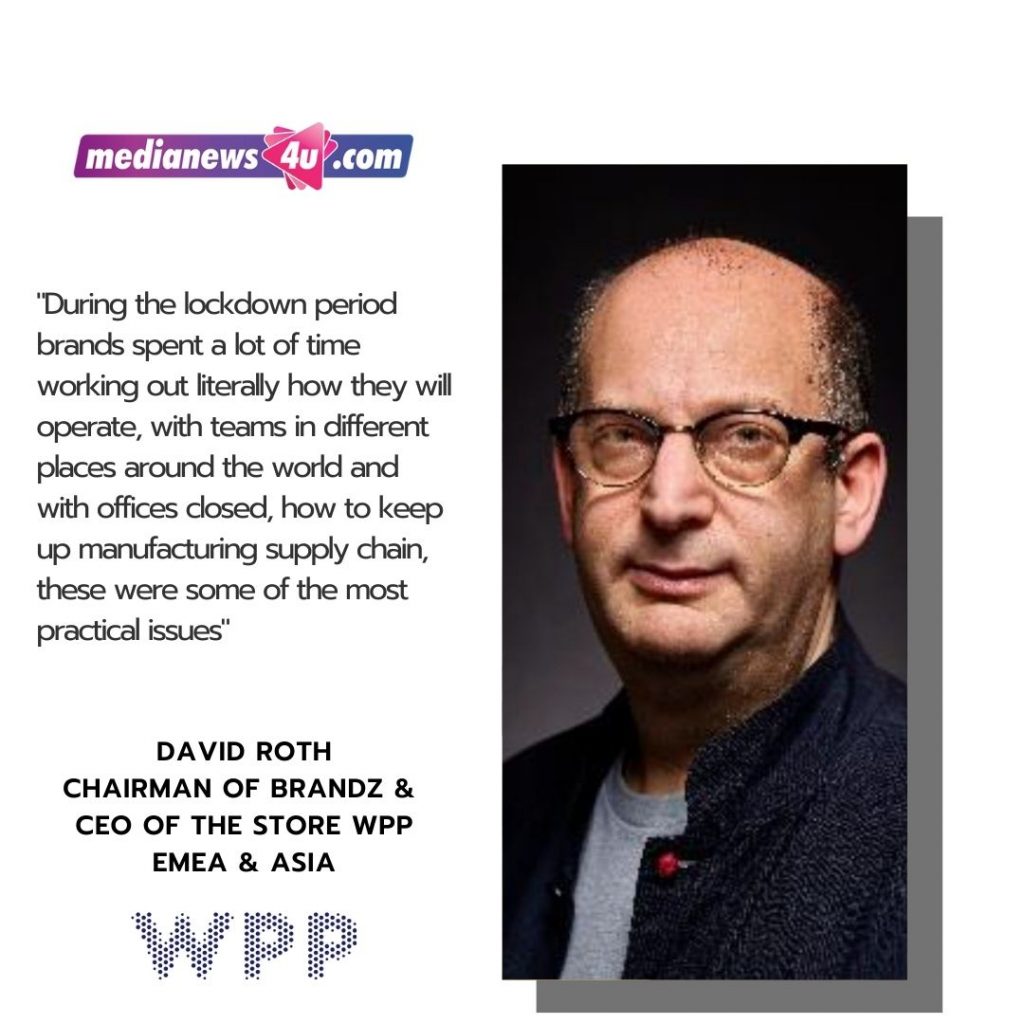
Then we get into the phase of how to start to communicate with consumers who now have a different outlook, different approach and concerns. As consumers how they are adapting to the brand communication and course correcting. What is most relevant to the customers and the proposition around them and a lot of brands did an amazing job. I think brands have learned that speed is now a vital ingredient and to be successful, you have to be able to operate at lightning speed. Much better to get something 70% right done, then angst over, getting it 98% right and never happening. Speed has been important and is now going to be a major core skill going forward.
We as consumers have realized how important the retail industry is to us, and how important a robust retail supply chain is. We have all had renewed thanks and admiration for those retailers that remained open throughout the period that helped us feed ourselves.
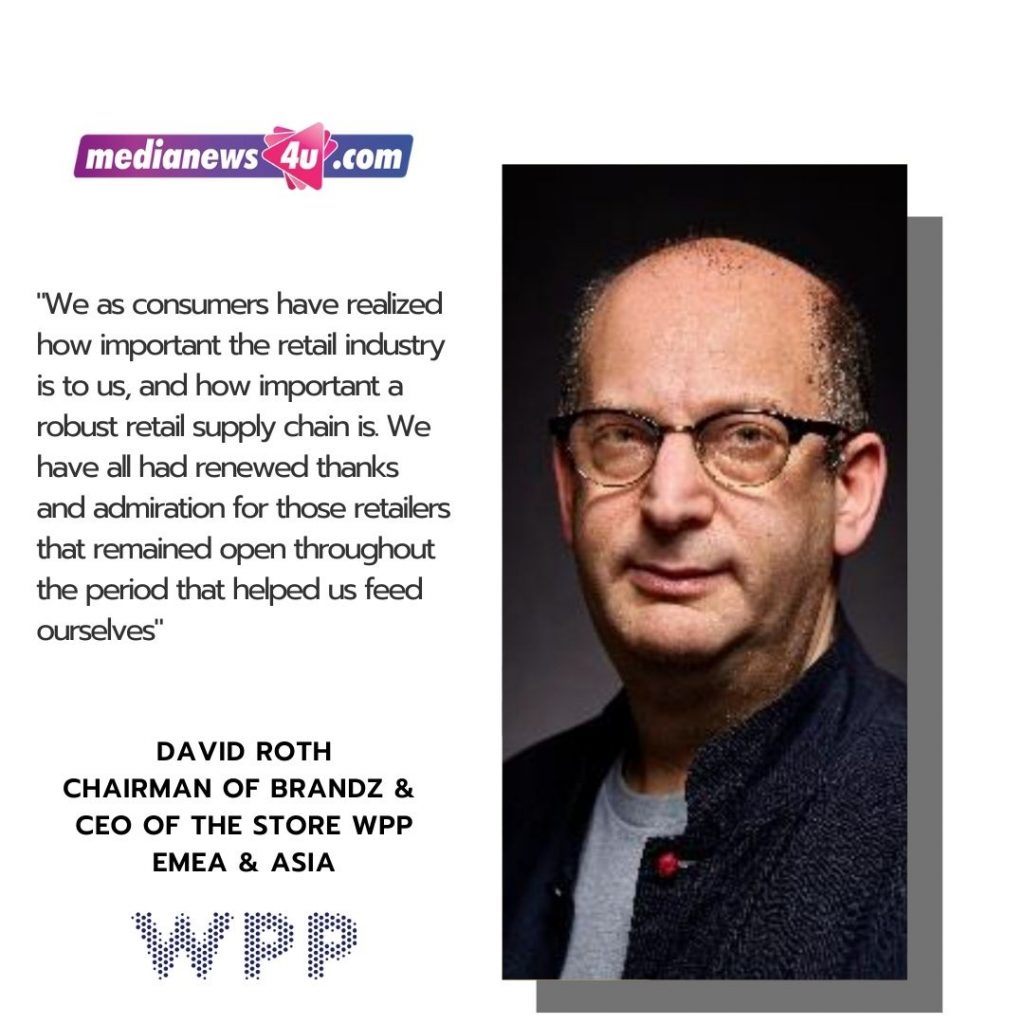
To come into your second part of the integrated question, which is, I think your hypothesis is that we are going to be in a period of things being good than things being locked down, on a local level more than on a regional or national level and that is absolutely right. The skills that people have learned, the ability to be fast, agile and highly creative. The ability to be able to move supply chains, move consumers across their supply chains via digital and physical channels. As and when things open up it is going to be one of the real core skills that will differentiate those people who are successful and those people who have the ability to be able to cope with new government legislation or guidelines, which will keep coming up periodically, many times unexpected. They have to be able to understand what that means for them and for their consumers and be able to course-correct very quickly, in order to make sure that they responsibly adhere to whatever new guidelines and restrictions are being imposed even if it is for a short period of time.
Social distancing is the new mantra. How will the retail industry cope, the small pop & mom shops how will they cope with the new normal?
The pandemic and social distancing has turned retail economics on its head. The positive is that retailers are the most innovative, pragmatic, problem solving people that we have on the planet. If anybody can navigate their way through this, retailers can but there are very practical issues. We have been building a retail model that relied on large stores with large amounts of footprint, people going through large amounts of transactions. A lot of those transactions were physically handled and physical self-serve.
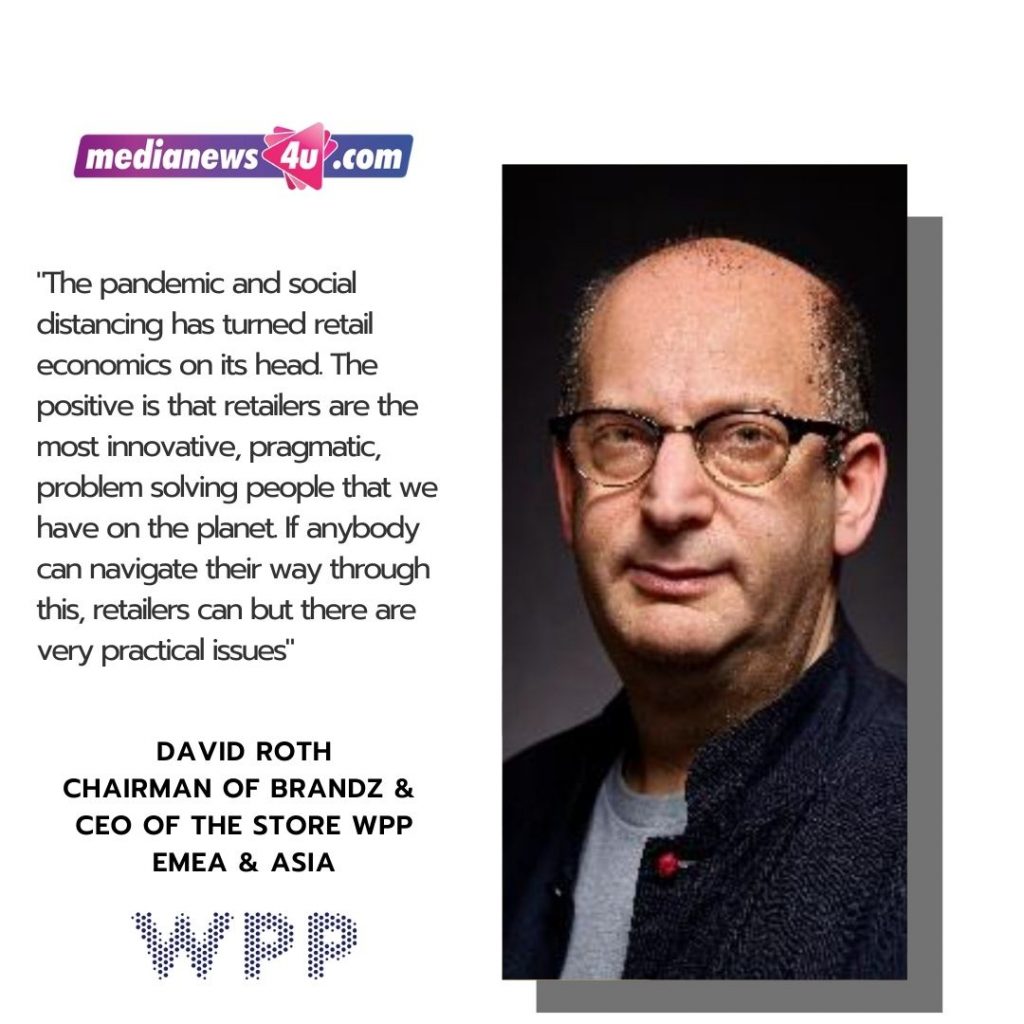
Clearly, with social distancing, the number of people that are assembled in a store, the number of people who get through the tills, the issue with people touching and the unwillingness of consumers to want to touch things that others have touched, issues like wanting to try clothes, are playing in people’s minds at the moment and one of the big solution to this problem is the mitigating issue of this is a digital multi-channel home delivery which has accelerated over this period, and will accelerate even further and faster in the next two to three years.
From a retail perspective, we are going to have a much more blended combination of things done virtually and done physically We are going to have a much more blended sort of combination of things that you need to go to the store to look at and touch and feel, versus things that will be sent to you automatically and as we move more and more into an Hi-tech world, some of those things will arrive at the doorstep maybe before you have even realized that you need them because your hi-tech washing machine will be talking to its detergent container that needs to be replenished.
The issues of stores being places where you come to touch and browse, those things will be challenged. We are amazing social animals, for us shopping is not just a transactional process, it is not 100% transactional. It is about doing things with your friends, it is about meeting people and about social interaction. The DNA inside of us, will want to be able to continue to do that, albeit in a slightly more restricted form over the course of the next six to seven months, and that is not the end of that. It is the beginning of a slightly new way of doing it and hopefully we find that vaccine quickly, then we will move mortar back to that physical environment.
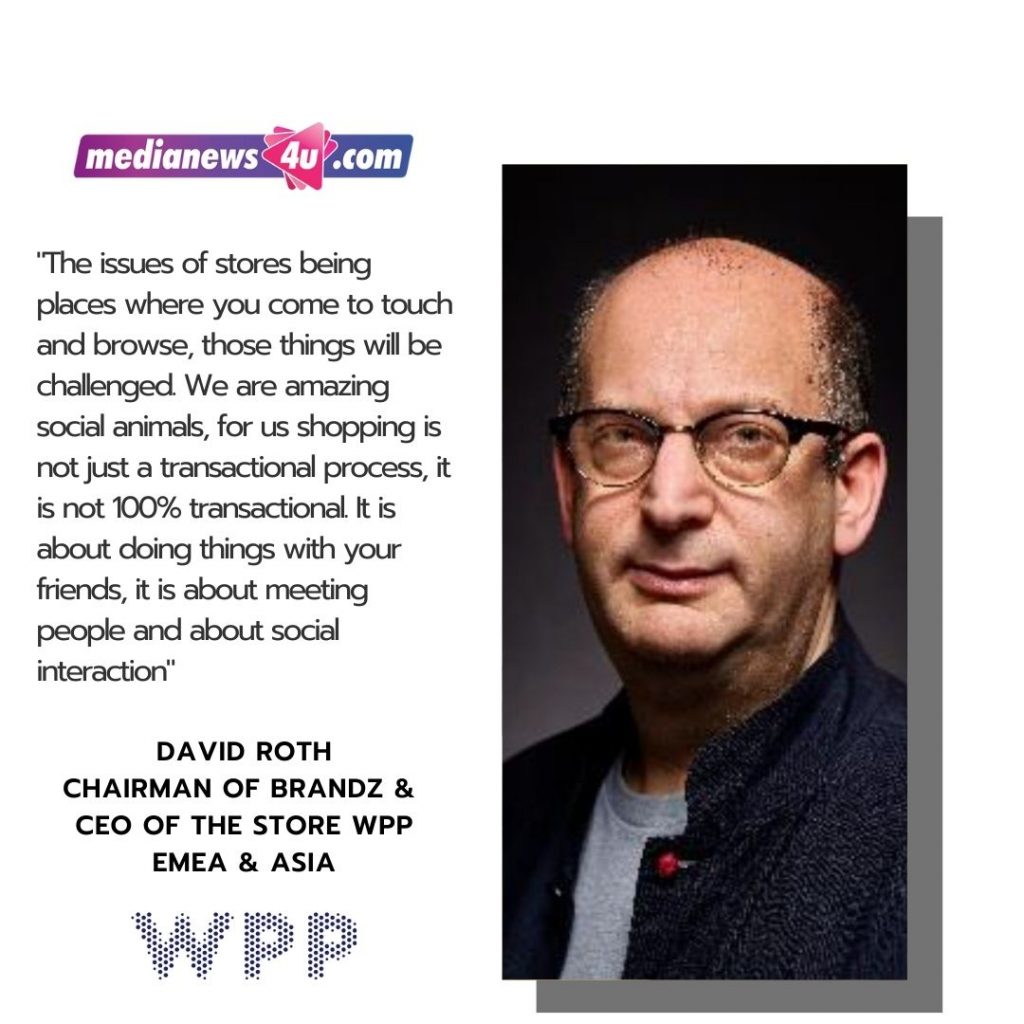
Role of sustainability, shift of brands potential from individual to society. Can you elaborate the global context?
I think one of the key things that you probably heard before and probably here again, is that a lot of the trends that we are witnessing and witnessed since February, were there beforehand, if you care to look for them, they have been accelerated on steroids by our COVID experience.
One of those trends and it was apparent for everybody to see was clearly from a customer perspective, more significance being placed on the way in which companies and organizations behaved themselves. In the context of that the way in which they treated the environment and the impact that they had on the environment. I am very pleased that the movement happened and some farsighted CEO’s of some of the largest, both manufacturers and retailers really understood the impact that they had or have and the ways that impact can be reduced.
We have seen on a global level when you look at the top through the lens of the top 100 most valuable global brands that those companies and brands that are seen by a customers and their consumer base as being supportive and helpful of environmental issues by doing things in a sustainable and responsible way. Their brand value has increased by about 20% higher than those that have that have not been able to comprehend and have become unbelievably insignificant.
I believe that that trend can be accelerated by what everybody has been through in COVID. We all realize that the way the world was operating on a country level or on the global level, in terms of the way in which our activities were having a direct and detrimental impact on our environment and what we will be leaving behind for our next generation and the generations after us.
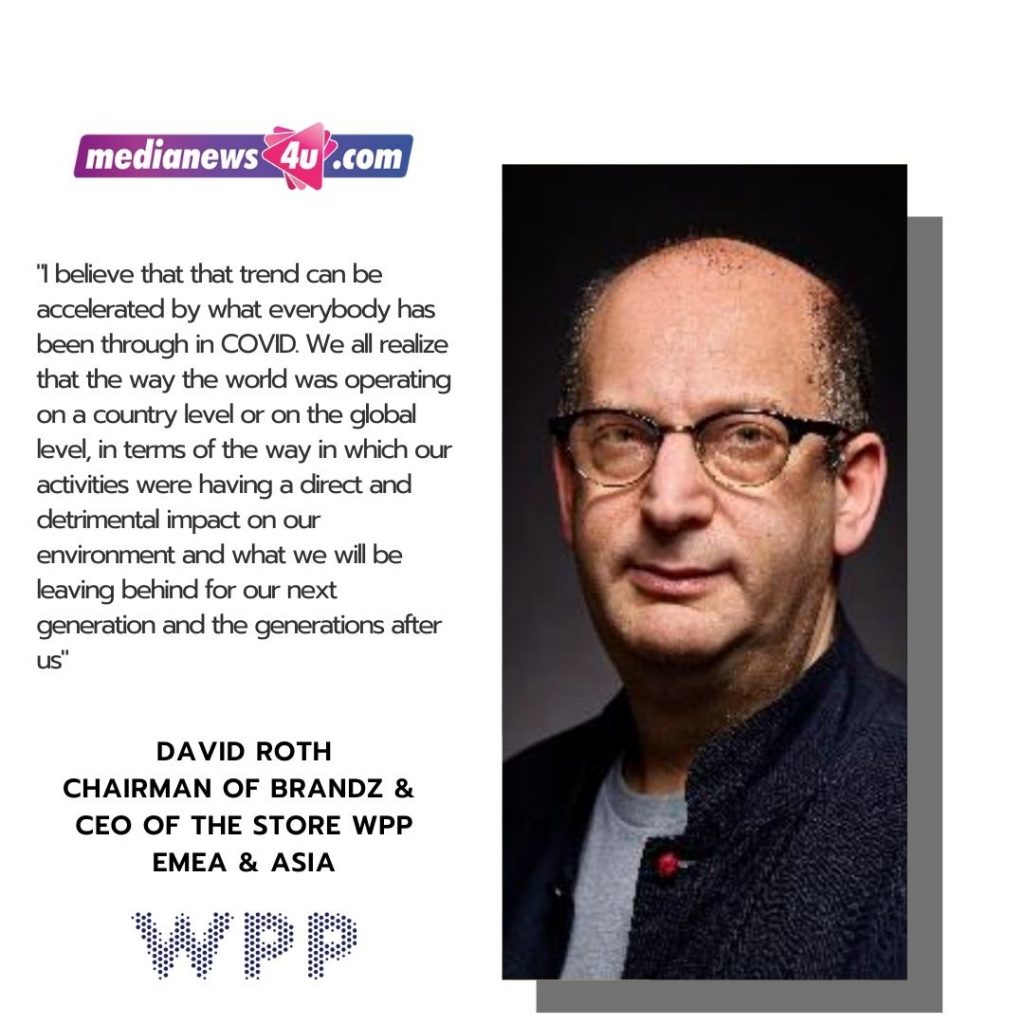
I think this period will arm consumers, using their purchasing power to advantage those brands and companies that they seeing as being good and disadvantages to those companies that are not tackling these issues seriously. We see that in the 2020 Indian ranking numbers and in the 2020 global brand rankings, and I am absolutely convinced that this will accelerate that trend. Those organizations that have not really got it yet, this should be a wakeup call to them to reflect inwardly, then reflect within the organizations and work out what it is that they can do, and make sure that they communicate that to their consumers.
What do you think should be the tone of communication for brands?
Across the board we have seen a very dramatic change of tone of voice. That is a very acute question as our brand propositions should remain the same, maybe a little bit of course correction but in balance, a single body proposition, the psychological contract you have with consumers should not change often.
But clearly the way in which it is said, the brand tone of voice is something that has a dramatic impact in order to make sure that you are in alignment with how society is feeling about itself, and how consumers are feeling about themselves. We have seen much less chest-beating tone of voice, less dogmatic forceful ways of saying things, but more of, we are all in it together. A much more reassuring tone of voice that metaphorically puts the brand’s hands around the shoulders of their consumers to help and guide them through.
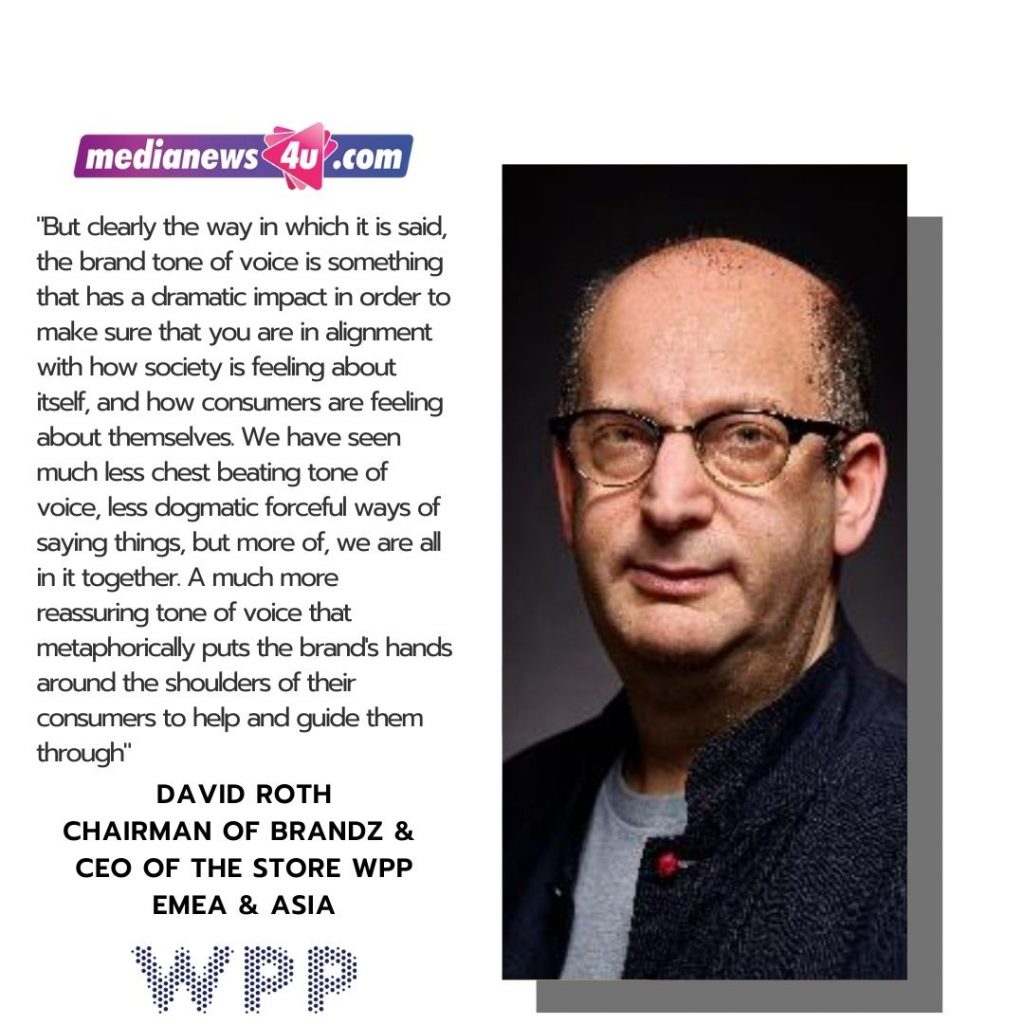
But I do see a need to reflect, not shut up and change a little bit of that tone of voice as we move hopefully quickly to the next phase of this pandemic and recovery. Brands have a role to play in helping consumers and giving consumers permission to be able to be hopeful, again, maybe by January. But I think brands have a role and the responsibility to do that, to help society, employees, and their consumers to get back to a more standard way of life and to regenerate help to regenerate economic activity.
I think one of the things is we have had a very short sharp lesson on, which we hope that nobody would have to go through is just how important consumer spending is happening in a responsible way now, spending to boost the economy, to our futures, to the futures of our children to job prospects and to the way in which we live our lives. I believe that in the same way, good brands and successful brands who have helped and nurtured and encouraged their consumers over this period. Together, I hope that brands will also understand the new role that they need to play in the next phase hopefully to the world, to ourselves as individuals and communities to start getting back to the new normal.

